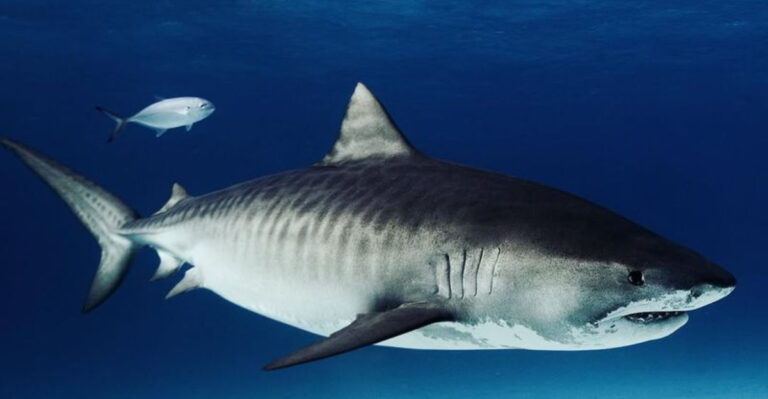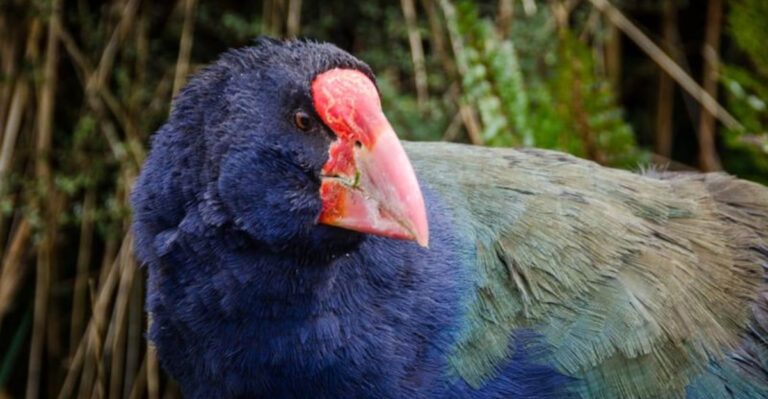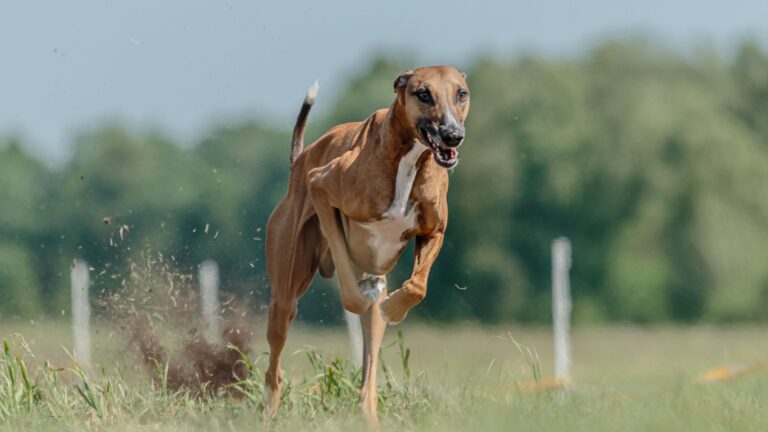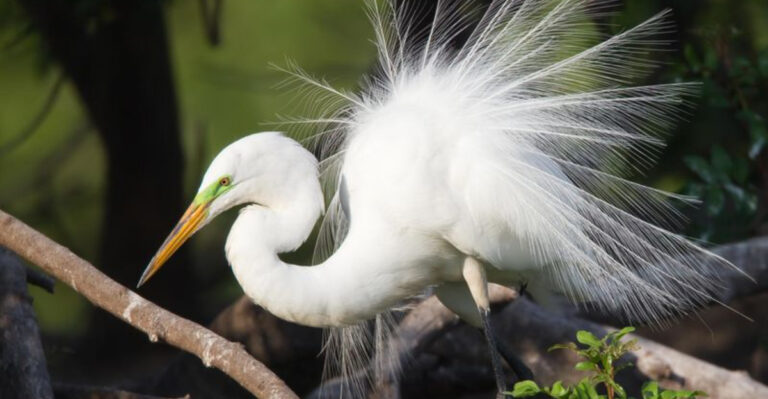Reintroducing Wild Horses To Europe: The Netherlands’ Unexpected Success
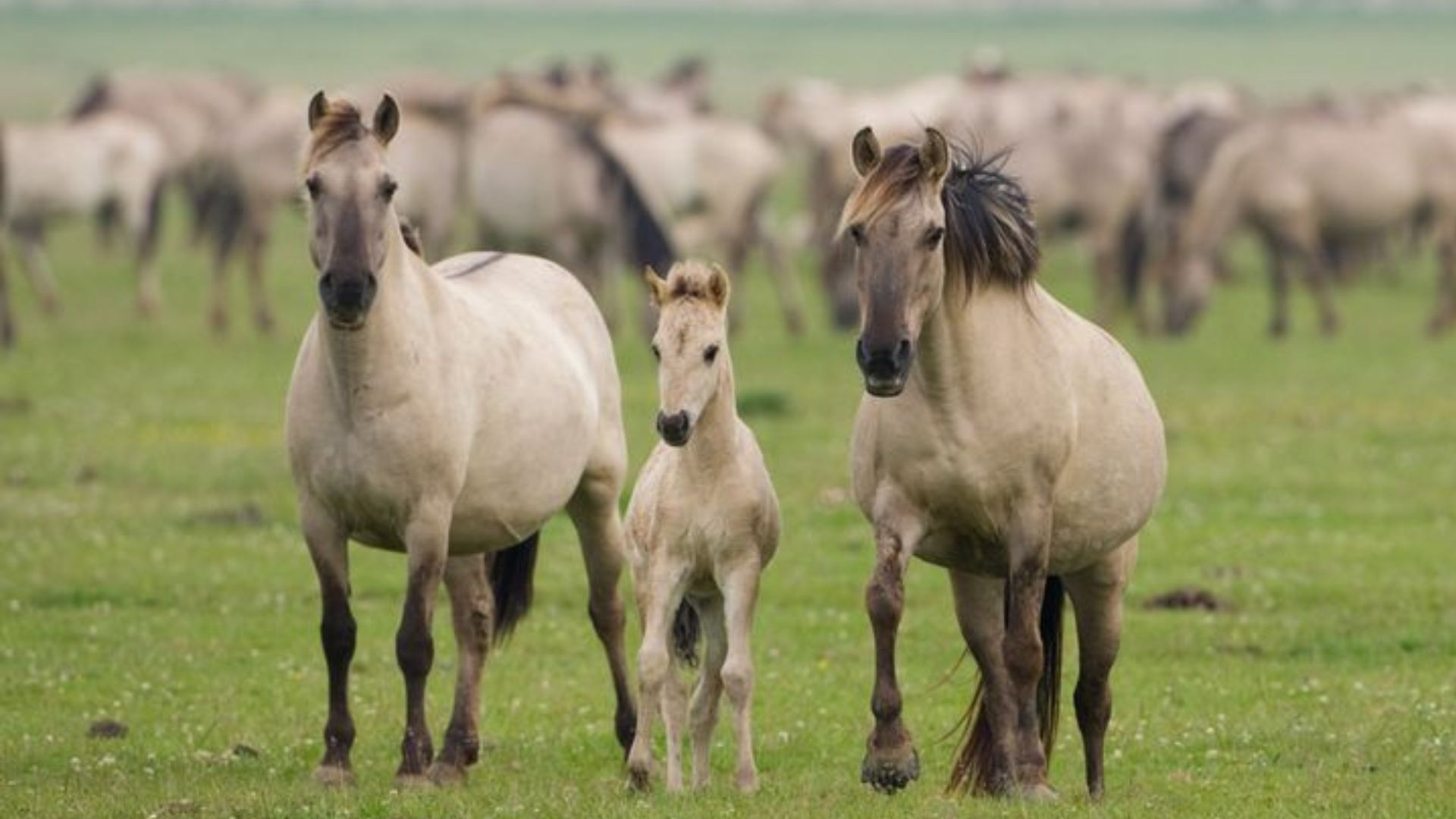
Imagine vast European plains once again thundering with the hooves of wild horses. This dream became reality in the Netherlands through groundbreaking rewilding projects.
The Dutch pioneered bringing back these magnificent creatures to landscapes where they vanished centuries ago, creating one of conservation’s most inspiring comeback stories.
1. Oostvaardersplassen: The Accidental Wilderness

What was meant to be an industrial zone transformed into Europe’s boldest rewilding experiment. Land reclaimed from the sea in the 1960s was abandoned before development, allowing nature to reclaim it.
By 1983, conservationists introduced Konik horses as ecological engineers to this accidental wilderness, kickstarting a revolutionary approach to conservation.
2. Meet The Konik: Not Just Any Horse

Hardy and resilient, Koniks closely resemble the extinct tarpan – Europe’s original wild horse. Their distinctive mouse-gray coats and dark manes make them instantly recognizable.
These horses survive harsh winters without human help, demonstrating remarkable self-sufficiency. Their primitive markings – including dorsal stripes – reveal their ancient heritage.
3. Nature’s Landscape Architects

Forget mechanical mowers! Wild horses shape environments through selective grazing, creating mosaic landscapes where different plant species thrive.
Their hooves break up soil, helping seeds germinate. By consuming certain plants and avoiding others, they maintain biodiversity that would otherwise disappear. This natural management creates habitats for countless other species.
4. Rewilding: Beyond Conservation
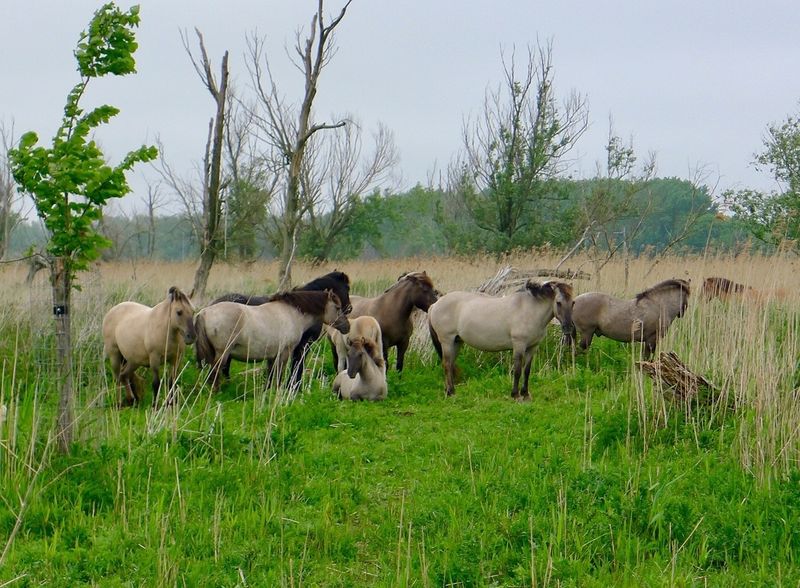
Unlike traditional conservation that preserves specific species, rewilding restores entire ecological processes. The Dutch approach lets nature take the lead rather than micromanaging outcomes.
By reintroducing keystone species like wild horses, entire ecosystems regenerate naturally. This hands-off philosophy represents a paradigm shift from controlling nature to collaborating with it.
5. Controversy And Public Opinion

Winter 2018 sparked heated debates when harsh weather led to horse casualties in Oostvaardersplassen. Animal welfare activists demanded intervention while conservationists defended natural processes.
The controversy highlighted the challenge of reintroducing wild animals in densely populated countries. Public protests eventually led to policy changes, including population management and winter feeding.
6. Spreading Success: Beyond Dutch Borders
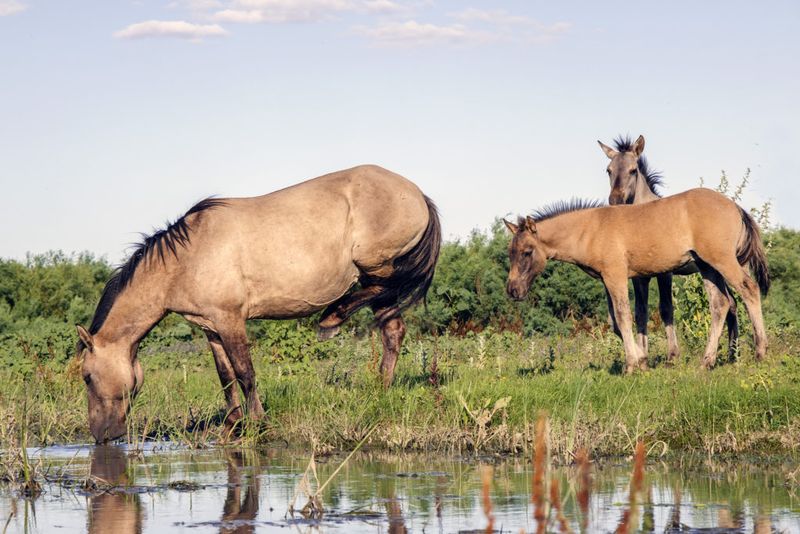
The Dutch rewilding model inspired similar projects across Europe. From Croatia’s Velebit Mountains to Romania’s Danube Delta, wild horses now roam landscapes where they vanished centuries ago.
Organizations like Rewilding Europe have transported Dutch Koniks to establish new populations in nine countries. Each project adapts the Dutch blueprint to local ecological needs.
7. Surprising Tourism Boom

Who knew wild horses would become tourist magnets? Visitor centers near Dutch rewilding sites attract thousands annually, boosting local economies in unexpected ways.
Wildlife photography tours specifically targeting wild horse encounters sell out months in advance. This economic benefit helps secure local community support for conservation efforts that might otherwise face resistance.
8. Scientific Goldmine
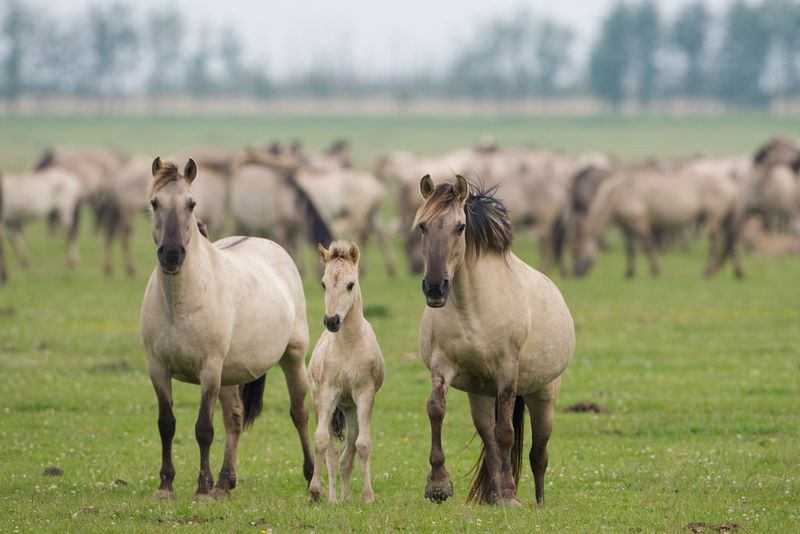
Researchers flock to Dutch rewilding sites to study everything from horse behavior to vegetation changes. These living laboratories provide insights impossible to gain from controlled experiments.
GPS tracking collars on select horses reveal migration patterns and habitat preferences. DNA studies comparing modern Koniks to ancient horse remains help scientists understand equine evolution and adaptation.
9. Climate Heroes On Four Legs
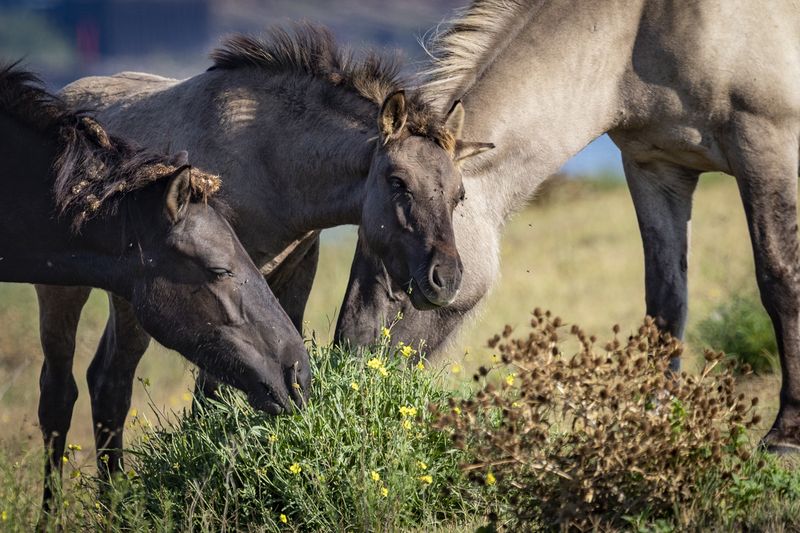
Wild horses fight climate change without even trying! Their grazing prevents forests from overtaking grasslands, maintaining carbon-capturing meadows that would otherwise disappear.
In winter, their hooves break through snow, allowing other herbivores to access food. By maintaining diverse vegetation mosaics, they create ecosystems more resilient to extreme weather events caused by climate change.
10. Genetic Renaissance
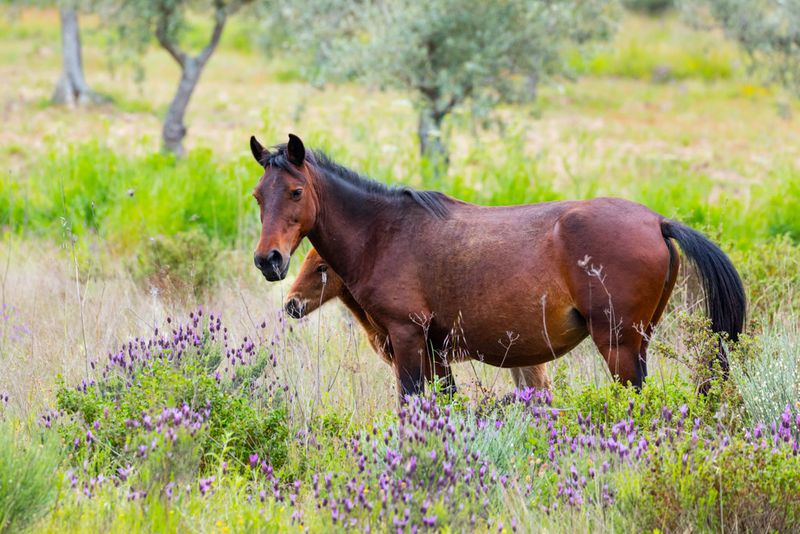
Modern breeding programs combine carefully selected Koniks with other primitive breeds to recreate horses genetically similar to their wild ancestors. This genetic restoration aims to recover traits lost in domestication.
The Tauros Programme parallels this work with cattle, attempting to back-breed the extinct aurochs. Together, these initiatives restore the original large herbivore community that shaped European landscapes for millennia.
11. Natural Disaster Prevention

Grazing horses reduce wildfire risk by removing combustible vegetation – nature’s firefighters on the hoof! Their constant munching creates natural firebreaks throughout landscapes.
Along rivers, their trails and grazing patterns help manage water flow during floods. By keeping vegetation in check near waterways, they reduce erosion and improve water quality naturally, without expensive engineering solutions.
12. The Policy Revolution
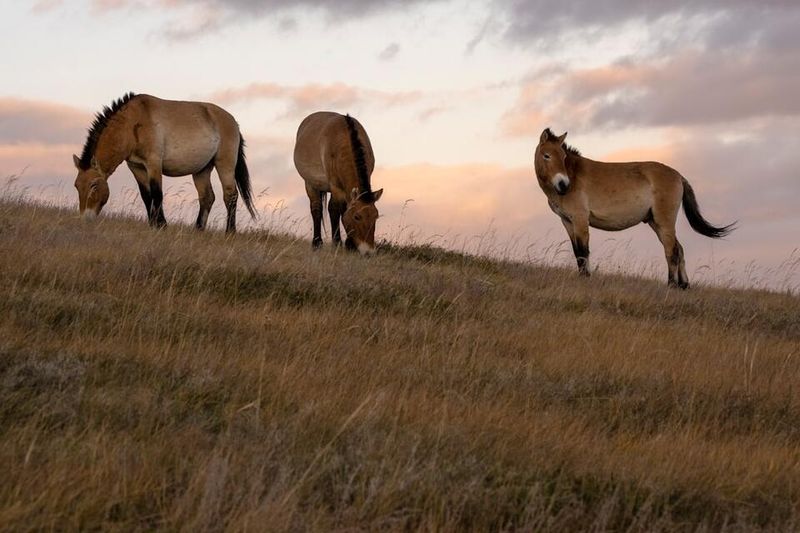
Dutch rewilding projects required rethinking legal frameworks around animal welfare, land management, and public access. New policies had to balance natural processes with ethical considerations in a densely populated country.
This legal innovation created templates now used across Europe. The concept of “wild” animals under minimal human management but within defined boundaries represents a new category in European conservation law.
13. Future Frontiers: Urban Rewilding
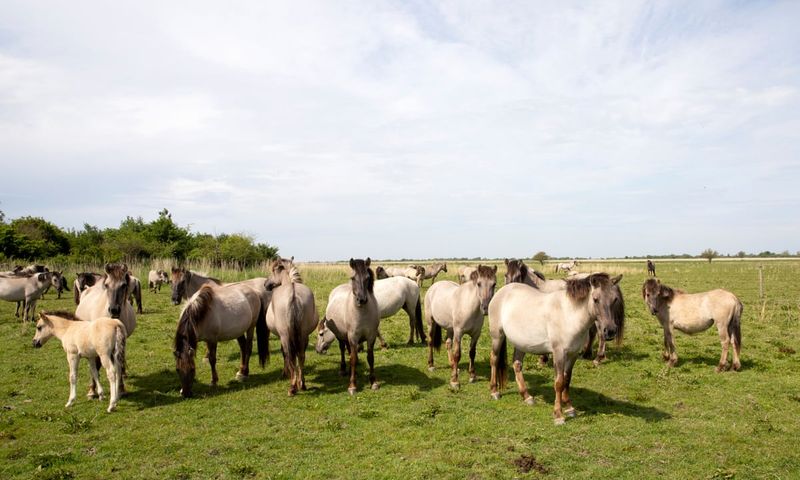
Amsterdam’s outskirts now include experimental zones where horses graze just kilometers from city centers. These urban rewilding projects bring nature into people’s daily lives.
The success of these urban-adjacent projects challenges the notion that rewilding requires vast, remote spaces. Smaller-scale horse introductions in city parks and green belts may represent the next evolution of this conservation approach.


